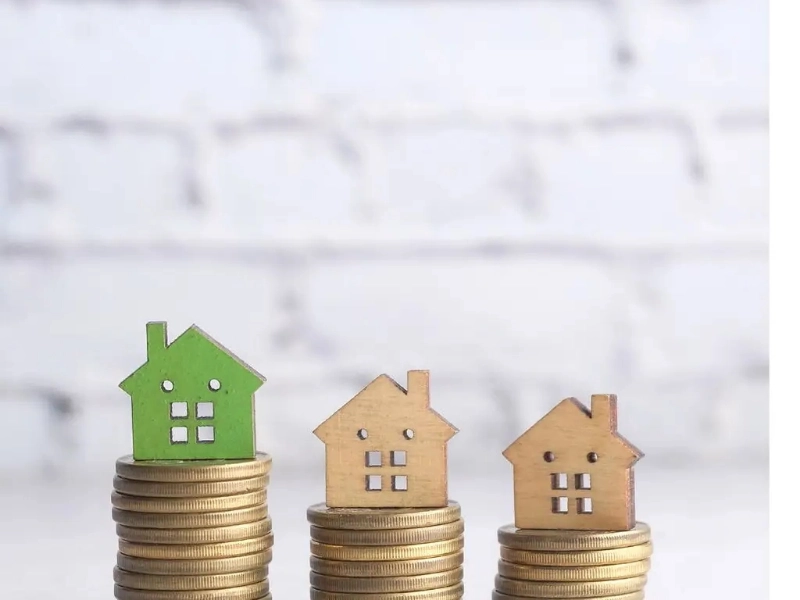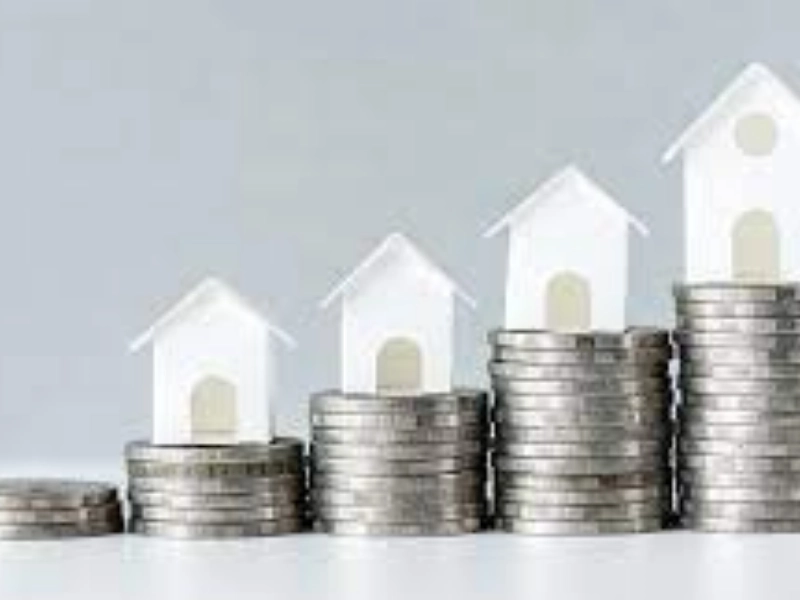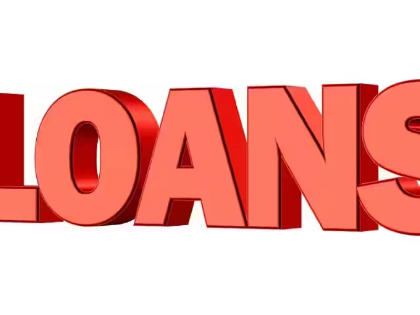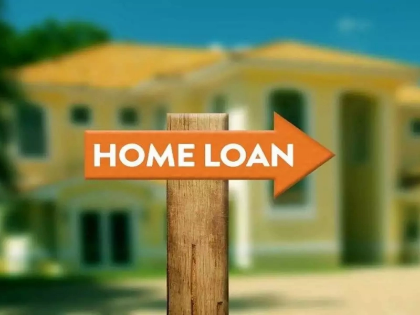Programs for Forgiving Student Loans: What You Should Know
The majority of the advantages of loan forgiveness, according to experts, will go to low- and middle-income households. However, they disagree on the exact amount that each borrower will profit from them. After ten years of full-time employment for the federal government or a nonprofit organization, the PSLF program offers loan forgiveness. Some programs, many of which are connected to certain occupations like teaching, grant forgiveness after shorter timeframes.
How They Operate

Conditions
 When your college loan is fully or partially forgiven after a predetermined amount of time, it's known as loan forgiveness, also known as debt cancellation. It's crucial to remember that these programs only cover federal loans—private ones are not eligible.
Only after you fulfill all the prerequisites for a specific program does forgiveness occur. For instance, in order to qualify for PSLF, you have to work for a public service employer, which is typically a 501(c)(3) nonprofit or the federal government, and you have to make 120 qualifying loan payments.
Your debt balance cannot be greater than $150,000, and you must be on an income-driven repayment plan or Pay As You Earn plan. The Department of Education's website has an exhaustive list of PSLF regulations. ED provides an online form to request reconsideration if PSLF is denied. Make sure you collect supporting evidence from your loan servicer, including W2 forms, tax returns, and statements.
When your college loan is fully or partially forgiven after a predetermined amount of time, it's known as loan forgiveness, also known as debt cancellation. It's crucial to remember that these programs only cover federal loans—private ones are not eligible.
Only after you fulfill all the prerequisites for a specific program does forgiveness occur. For instance, in order to qualify for PSLF, you have to work for a public service employer, which is typically a 501(c)(3) nonprofit or the federal government, and you have to make 120 qualifying loan payments.
Your debt balance cannot be greater than $150,000, and you must be on an income-driven repayment plan or Pay As You Earn plan. The Department of Education's website has an exhaustive list of PSLF regulations. ED provides an online form to request reconsideration if PSLF is denied. Make sure you collect supporting evidence from your loan servicer, including W2 forms, tax returns, and statements.
Advantages
 Programs for loan forgiveness would primarily help low- and middle-class households. According to estimates from economists, households in the lowest income deciles would be pardoned four times more frequently than those in the highest earnings decile. (Since the combined income of married borrowers is not usually known, they evaluate household income rather than individual income.)
Income-driven repayment plans, such as Pay as You Earn or Income-Contingent Repayment, which cap monthly payments at 10% to 15% of discretionary income and offer forbearances to borrowers in financial hardship, are likely to be advantageous to many of these households. Additionally, they have a higher chance of being eligible for public service loan forgiveness, which allows you to have all or part of your debt forgiven after 10 years of on-time payments. In contrast to current loan forgiveness schemes that have strict deadlines and fixed monthly payments, these new solutions safeguard the borrower's income and prevent the loans from accruing further debt.
Programs for loan forgiveness would primarily help low- and middle-class households. According to estimates from economists, households in the lowest income deciles would be pardoned four times more frequently than those in the highest earnings decile. (Since the combined income of married borrowers is not usually known, they evaluate household income rather than individual income.)
Income-driven repayment plans, such as Pay as You Earn or Income-Contingent Repayment, which cap monthly payments at 10% to 15% of discretionary income and offer forbearances to borrowers in financial hardship, are likely to be advantageous to many of these households. Additionally, they have a higher chance of being eligible for public service loan forgiveness, which allows you to have all or part of your debt forgiven after 10 years of on-time payments. In contrast to current loan forgiveness schemes that have strict deadlines and fixed monthly payments, these new solutions safeguard the borrower's income and prevent the loans from accruing further debt.
Charges
 After making 120 qualifying monthly payments under a repayment plan, borrowers who work for the government or nonprofit organizations can apply for the Public Service Loan Forgiveness (PSLF) program, which allows borrowers to have their outstanding Federal Direct Loans forgiven. Borrowers with FFEL and Perkins loans, as well as private student loans, may be eligible for additional loan cancellation and forgiveness programs.
For instance, debtors with high salaries can continue to make their regular payments under the new REPAYE and SAVE schemes. Earnings beyond the poverty criterion level may be eligible for a 50% payment reduction.
Experts claim that it is challenging to pinpoint the exact financial advantages that loan forgiveness brings to households. First of all, the data do not specify the size of the family or whether the borrower is married and files taxes separately from their spouse. Most of the benefit, according to economists, will go to low- and middle-income households, though estimates on their precise percentage vary.
After making 120 qualifying monthly payments under a repayment plan, borrowers who work for the government or nonprofit organizations can apply for the Public Service Loan Forgiveness (PSLF) program, which allows borrowers to have their outstanding Federal Direct Loans forgiven. Borrowers with FFEL and Perkins loans, as well as private student loans, may be eligible for additional loan cancellation and forgiveness programs.
For instance, debtors with high salaries can continue to make their regular payments under the new REPAYE and SAVE schemes. Earnings beyond the poverty criterion level may be eligible for a 50% payment reduction.
Experts claim that it is challenging to pinpoint the exact financial advantages that loan forgiveness brings to households. First of all, the data do not specify the size of the family or whether the borrower is married and files taxes separately from their spouse. Most of the benefit, according to economists, will go to low- and middle-income households, though estimates on their precise percentage vary.








